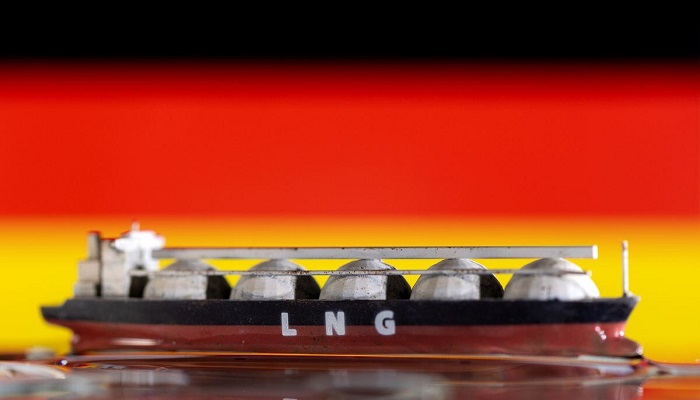It is well to be noted that connecting Germany’s energy network to its broadening list of liquefied natural gas- LNG import hubs is most likely to cost almost EUR 4.4 billion, or $4.8 billion, as per the country’s grid operators.
Post Europe’s largest economy got crippled due to Russia curbed pipeline gas shipments, Berlin has gone on to fast-track the expansion of LNG terminals since 2022 so as to open optional supply routes. With three now in function and as many to open this winter, Germany, apparently, still faces roadblocks if it cannot rapidly get the supercooled fuel taken by seagoing vessels that are pumped into onshore networks.
It is well to be noted that the latest development plan goes on to involve building 951 kilometers, or 591 miles, of new gas lines by 2032 and also adding as many as 164 megawatts of compressor capacity, as per the report that’s been approved by German energy regulator Bundesnetzagentur.
The plan goes on to revise a draft that the regulator gave a nod to last year before the Russia-Ukraine war. Apparently, 82 projects have also been added to make the grid more fit for non-Russian imports, such as border infrastructure enhancements so as to handle LNG transported through other European harbors.
Certain other LNGplus scenarios are also mentioned in the report, like more gas getting imported by way of southern routes and not just through the country’s north coast terminals. The models also go on to foresee a 20% slash in German gas demand by 2032, which has a blended supply having 5% hydrogen, which will mean less pipe infrastructure that is required.
The German energy regulator does acknowledge the possibility of demand falling at a faster pace, and some experts have also said that as much as 90% of the distribution network can go on to get decommissioned by 2045. Apart from this, the grid operators also opine that around 2,000 kilometers of their pipes could be switched to hydrogen.



















































